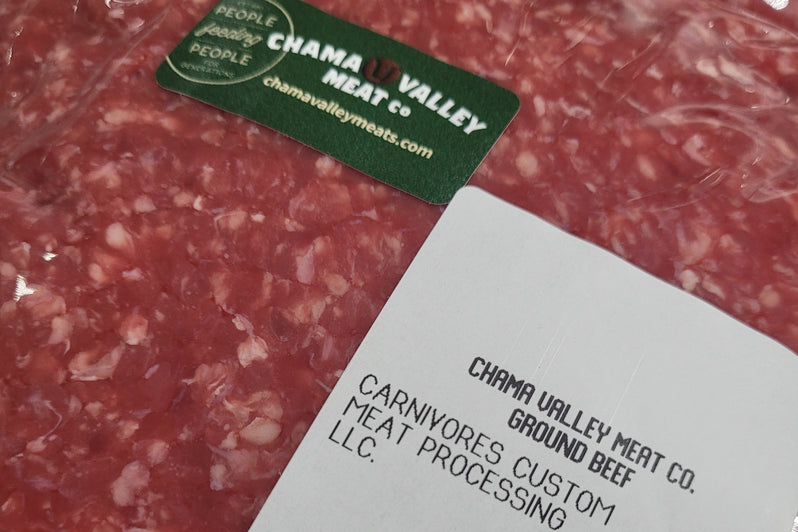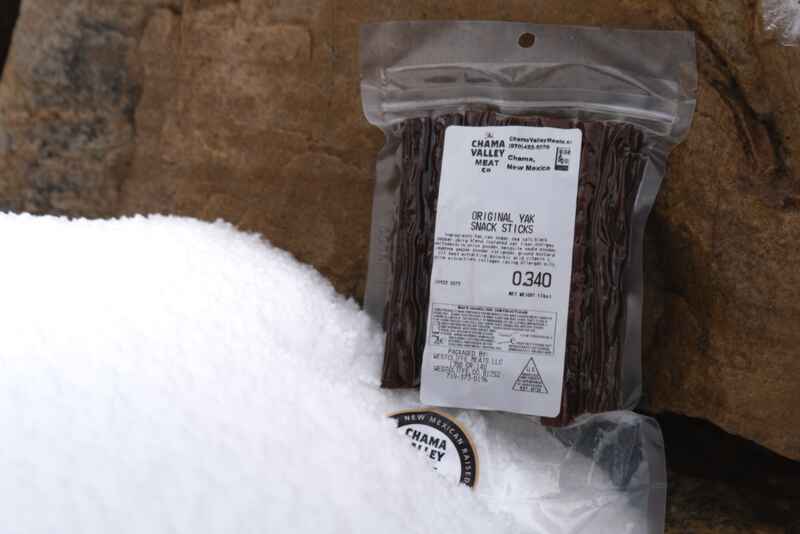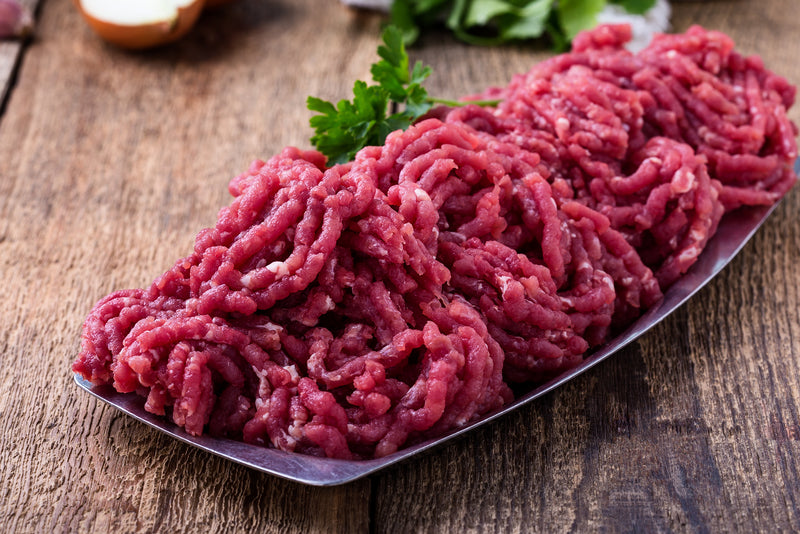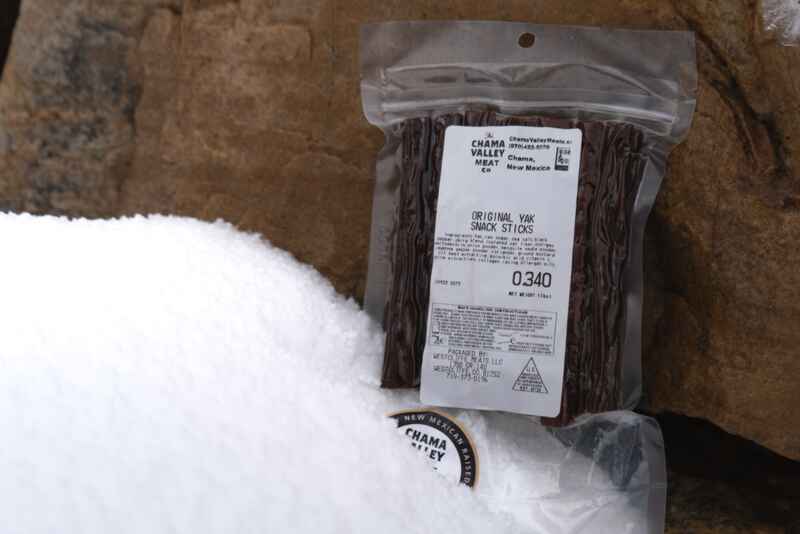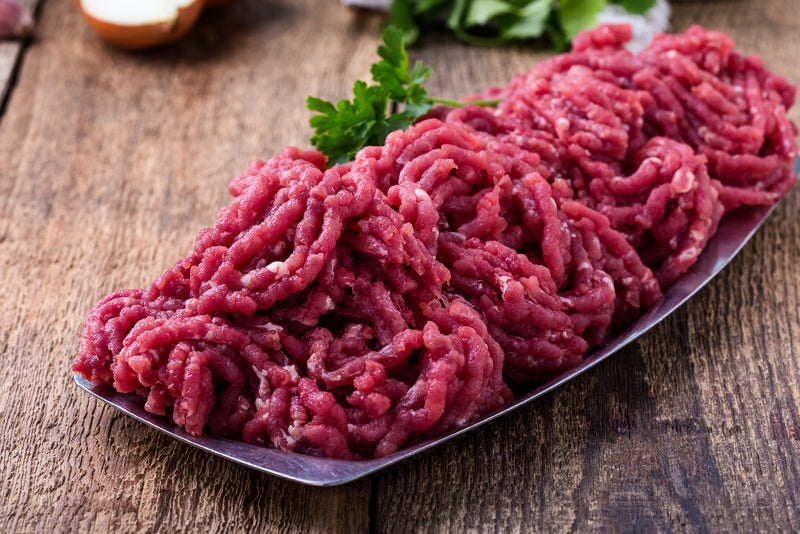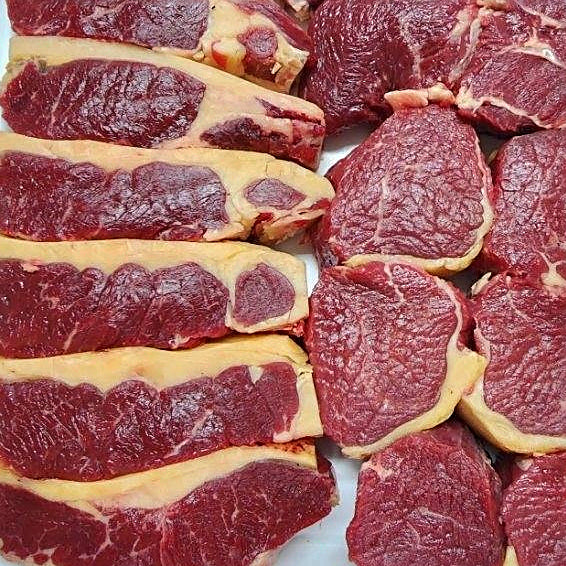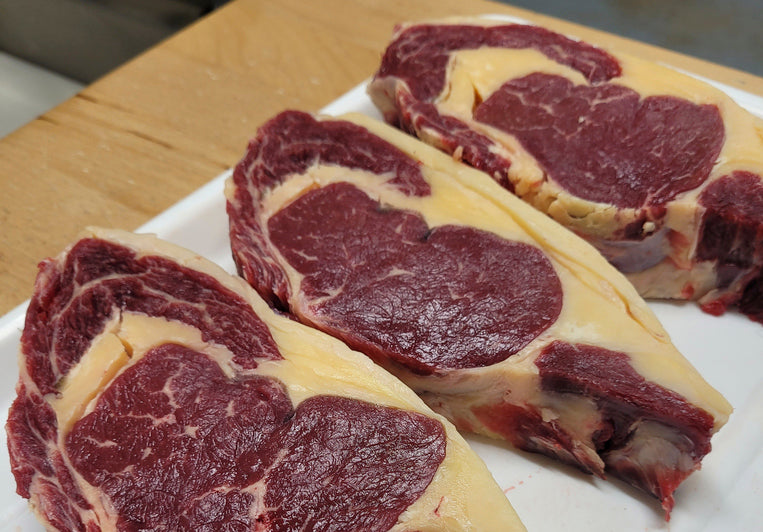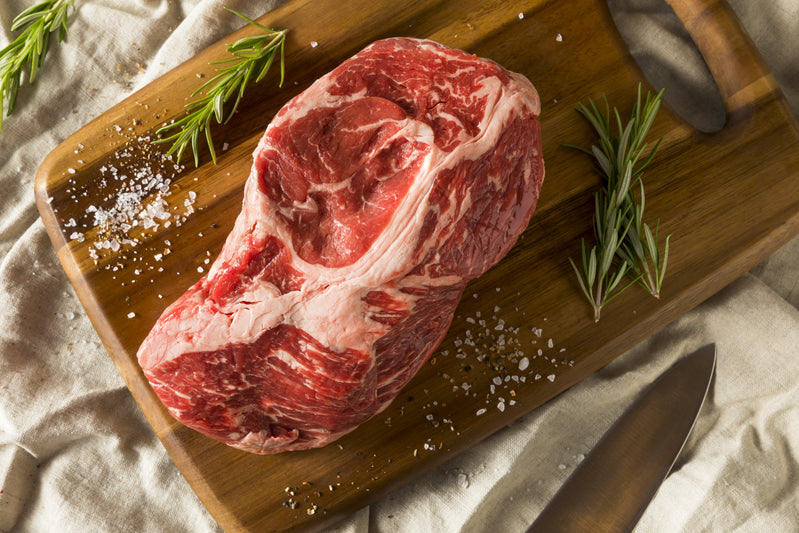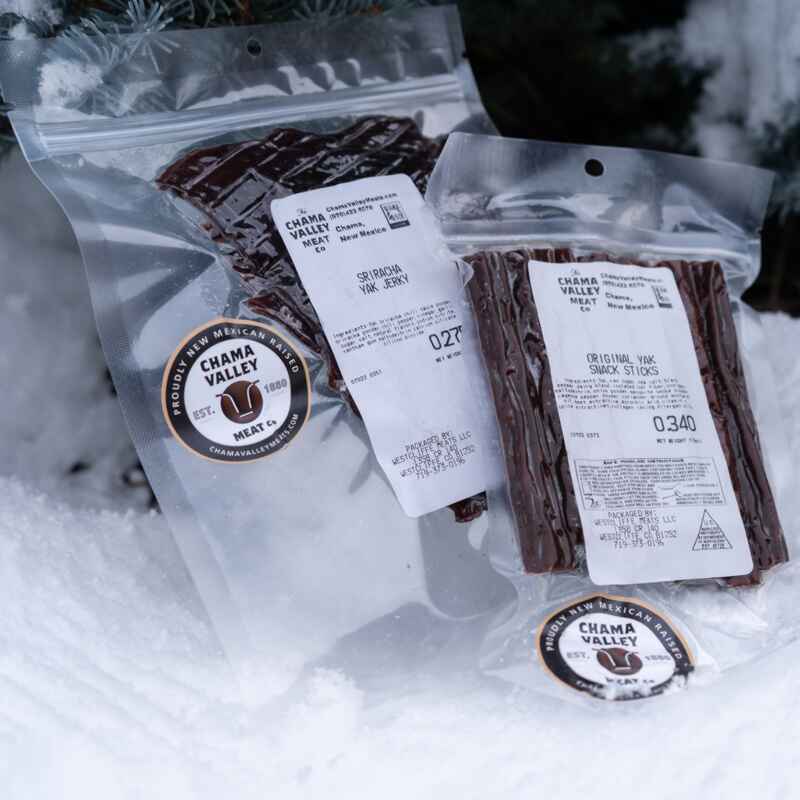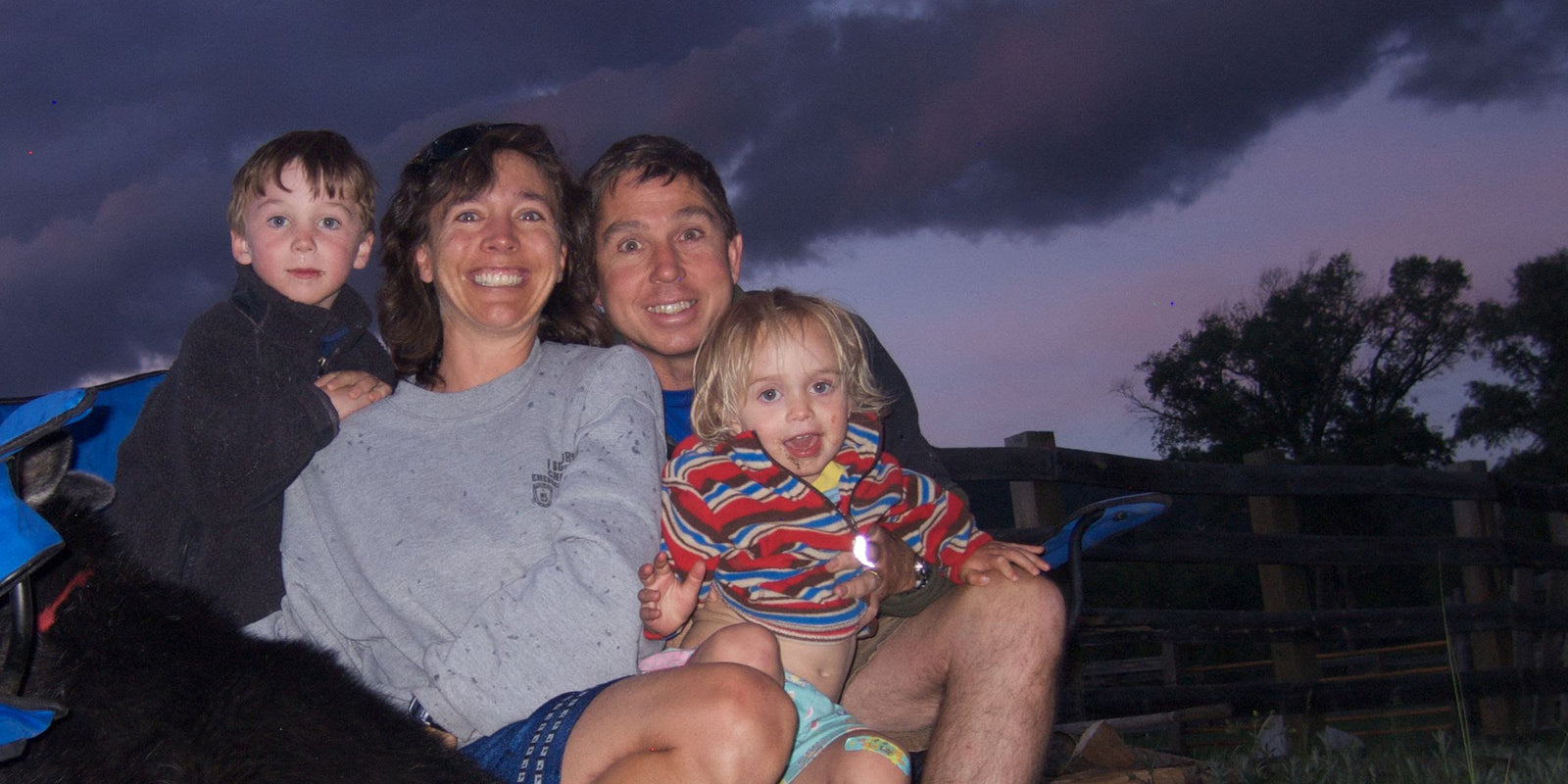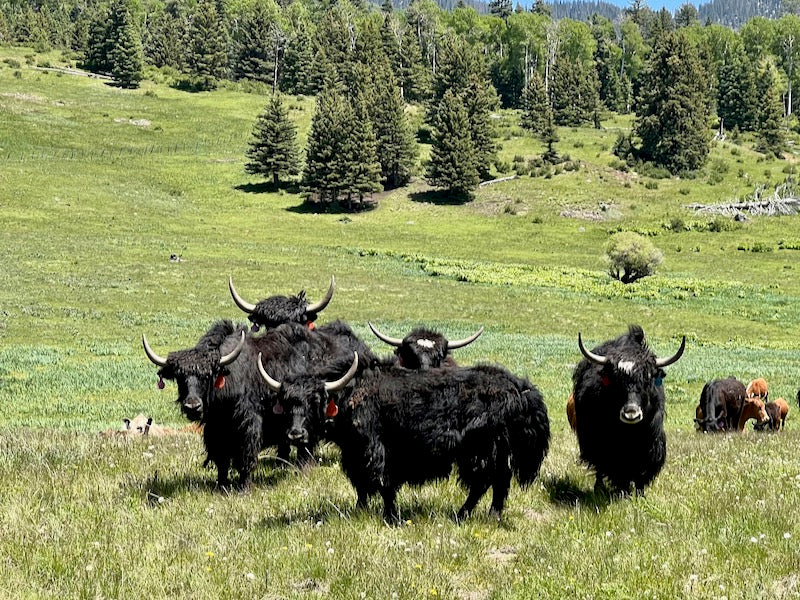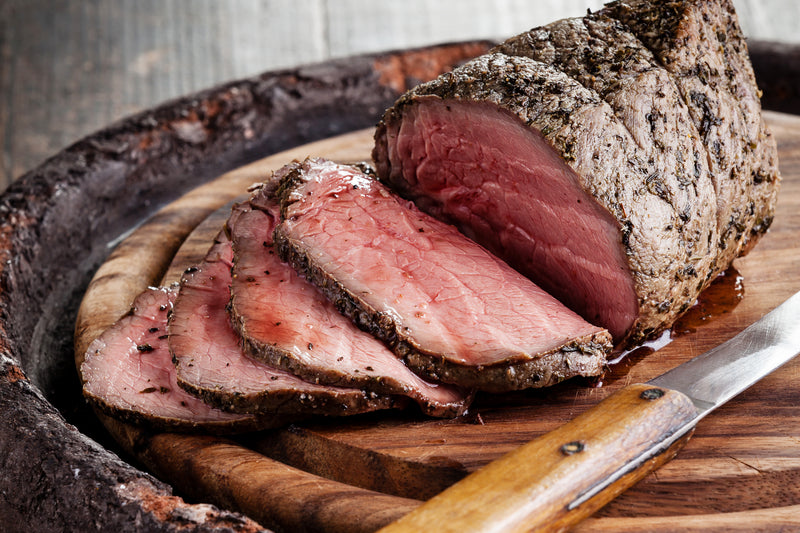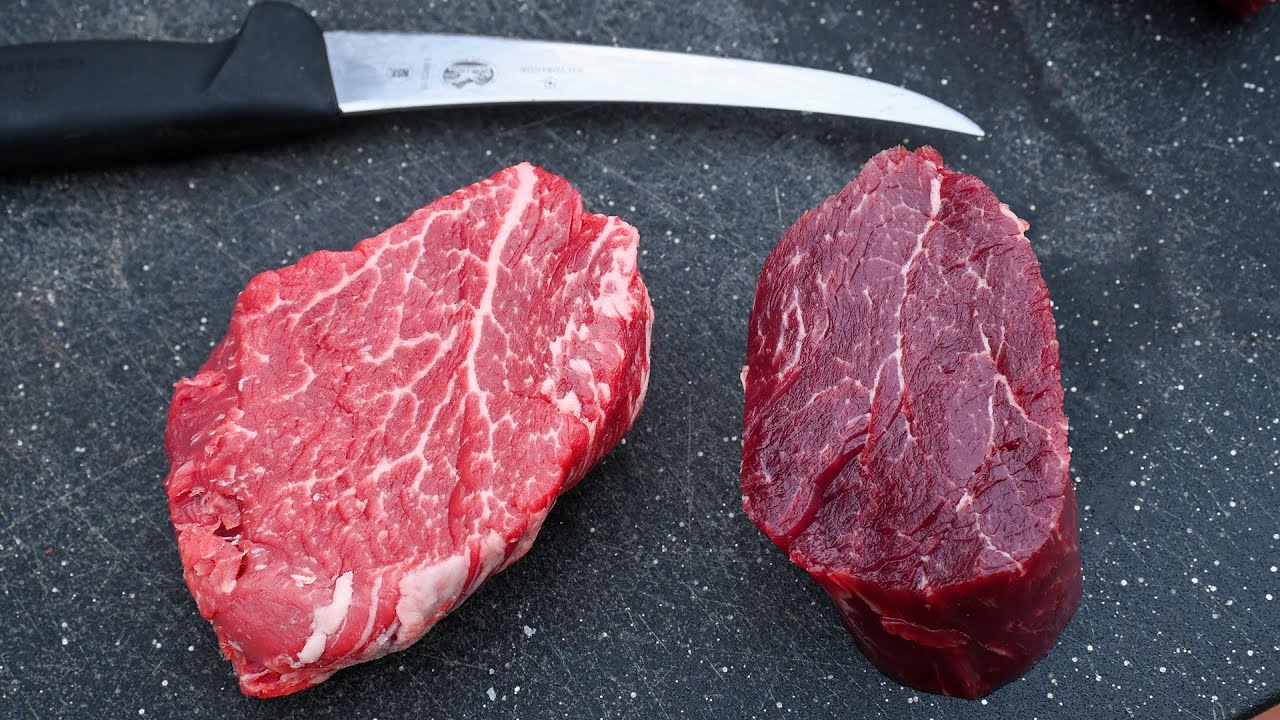Last week Ariel spent several days cleaning out two of our main acequias (ditches). Arid conditions throughout the southwest mean that farmers cannot simply rely on rain to water their fields. Instead, many farmers in northern New Mexico utilize a system of gravity fed ditches to maintain sufficient water for their agricultural needs. These waters come from nearby rivers carrying that season’s snowmelt and rains into the earthen ditches along the fields of northern New Mexico. For generations of northern New Mexico farmers, spring ditch cleaning is a deeply imbedded tradition, where community members come together to ensure the acequias are free from fallen branches, leaves and other debris the winter winds and weather may have deposited within and around.
Northern New Mexico farms have relied on the gift giving waters of the acequias since the earliest Spanish settlers arrived in New Mexico in the seventeenth century. Interestingly, the early Moors introduced the acequia system to the Iberian Peninsula in the 800s when the Muslims occupied the region, and from there the Spanish brought this knowledge to their colonies in North America.

Today the acequia is not simply a mechanism to deliver water to the fields but includes a complex system of democratic governance in which the owners of the rights to the waters (parciantes) of the specific ditch come together to help make decisions about various ditch issues, including maintenance, cleaning and disputes. A mayordomo is the ditch manager who is responsible for the equitable distribution of the waters from the acequia. In many northern New Mexico villages, ditch cleaning is not only a time to prepare for summer but a time to catch up with neighbors after the long winter.
On our farm we have two primary ditches, the Barranco Ditch and the Canones Ditch, both of which have various smaller lateral ditches that feed the fields throughout the farm. We are lucky to have a great deal of water rights to these ditches, and Ariel and our team work hard throughout the spring, summer and fall to maintain an adequate flow of water over the hay fields – too much and you ruin the hay; too little and the fields fail.
Drought and population growth are forcing many parciantes to move away from their traditional surface (flood) irrigation, as it is the most water intensive irrigation method. Various irrigation systems, including drip, sprinkler and pivot are becoming more common. Unfortunately, transitioning to these watering methods is cost prohibitive for many northern New Mexico farmers, so flood irrigation continues to be the primary water delivery method on many farms. Today, the Office of the State Engineer has placed water meters on most acequias in northern New Mexico. These meters monitor the amount of water entering the acequias and the amounts used by the parciantes. In times of drought the State Engineer can mandate that the parciantes reduce their water consumption.
As a landowner in northern New Mexico with hay fields to sow, we continue to look for ways to decrease the amount of water we use on our fields. We currently utilize flood irrigation methods. Ariel, however, monitors the water levels on the fields and shuts off the waters when enough water has reached the desired locations. We also ensure that the pastures are in good condition, so water will spread evenly throughout and not simply pool in certain locations. We hope in the future to transition to other irrigation methods, but for now Ariel diligently works to utilize our waters as efficiently as possible.



